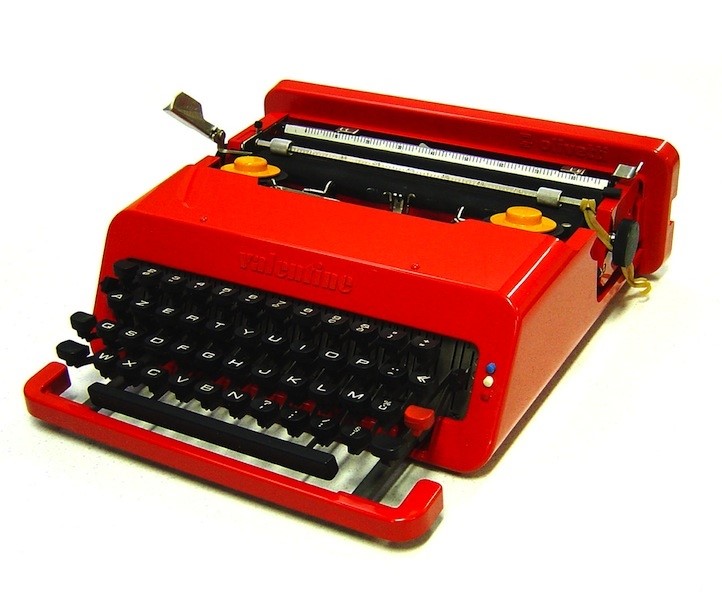The death of Anna Piaggi signals the loss of one of fashion’s great thinkers, experimenters, collectors and eccentrics....
The death of Anna Piaggi signals the loss of one of fashion’s great thinkers, experimenters, collectors and eccentrics. A stalwart believer in the industry she worked within, Piaggi was a sartorial creative right to the end of her life, a life that encompassed innumerable roles, ranging from writer and stylist to muse and innovator. Indeed, she is credited with introducing vintage fashion to the Italian market.
In 2006, in recognition of her incalculable influence, London’s Victoria and Albert Museum staged a comprehensive exhibition titled Anna Piaggi Fashion-ology. Displaying pieces from her extensive collection – 265 pairs of shoes, 29 fans, 932 hats, 2,865 dresses, 24 aprons and 31 feather boas – alongside drawings, photographs and storyboards documenting her working style, and a film opening the door to her home, it was an unsurpassed opportunity to enter the world of a fashion nonpariel. The catalogue for the show was similarly unique – an A5 newspaper style publication in trademark Piaggi colours: black, white and red. Within its pages, key figures in fashion and publishing, including Fabien Baron, Stephen Jones and Gene Krell, discussed her role in the industry, and AnOther Editor-in-Chief Jefferson Hack provided this touching list of “Thirteen Things I Thought You Should Know about Anna Piaggi”, which we reproduce here in her honour.
1. A.P. claims that the work she does for Italian Vogue is, “purely decorative”.
2. A.P. has an Olivetti Valentino typewriter she bought in the 1980’s. There is a copy of it in the Metropolitan Museum in New York. It has lost its number 9.
3. A.P. sees many things repeated in fashion but understands that the carbon copy from a typewriter has a different look and feel from the original.
4. A.P. has written over 7,000 editorial pages in her career.
5. A.P. is as deft as a die. She doesn’t suffer from amnesia but can easily adopt the look of amnesia if bored.
6. A.P. is unable to distinguish between what’s serious and what’s funny as she can be seriously funny.
"A.P. is unable to distinguish between what’s serious and what’s funny as she can be seriously funny."
7. A.P. was married for over thirty years to Alfa Castaldi who passed away in 1995. She believes that in successful relationships you have to “enjoy each other’s noise”.
8. A.P. “A silent movie star” is how Karl Lagerfeld described her. He has over 200 sketches of her, which he drew when Anna lived in Paris.
9. A.P. often used to research locations prior to attending an opening or event. She regarded this process as a form of “visual preparation” – essential planning for her outfit.
10. A.P.’s anachronistic approach to fashion is more a ‘knack’ than an act of anarchism.
11. A.P.’s first name is a palindrome but her analysis of culture is not to look backwards only forwards, to the newness of now.
12. A.P. squeezes reviews into a few words: synthesising trends and fashion ideas into new forms. New expressions. She is a crossword without clues.
13. A.P. is at this moment in time into the idea of superficial advancement. But as we know this moment has just passed.
Text by Tish Wrigley
